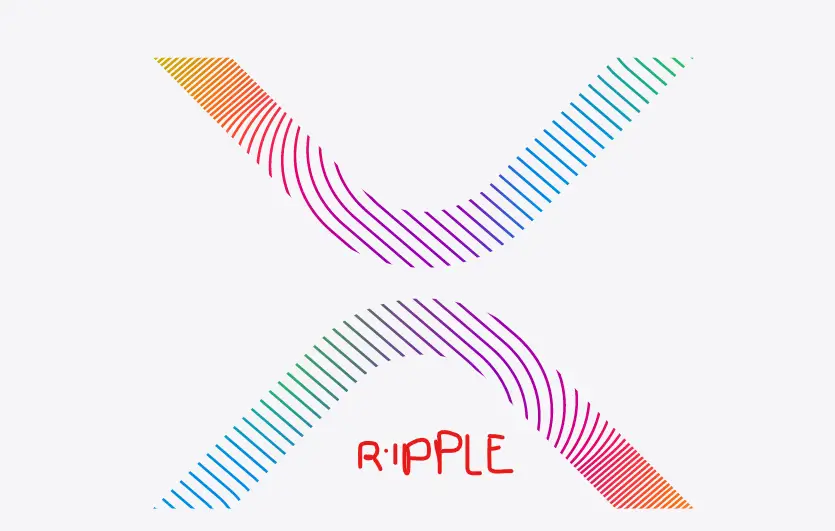Empowering Banks with XRP: Transforming Cross-Border Payments
XRP,As the world becomes more interconnected, banks face increasing pressure to meet the demands of seamless cross-border transactions. Enter XRP, the digital asset developed by Ripple Labs, which holds the potential to revolutionize the way banks conduct international payments. In this blog post, we will explore how XRP is empowering banks by addressing the challenges of cross-border payments and unlocking new possibilities for financial institutions.

- The Cross-Border Payment Challenge: Traditional cross-border payments are often slow, costly, and inefficient, involving multiple intermediaries and complex networks. These challenges lead to delays, high fees, and the risk of transaction errors, impacting customer satisfaction and hindering global business transactions.
- The Role of XRP: XRP is designed as a bridge currency, acting as a seamless intermediary to facilitate cross-border transactions. By leveraging XRP’s decentralized blockchain technology, banks can settle payments instantly, significantly reducing transaction times and costs.
- Rapid and Cost-Effective Transactions: With XRP’s high-speed transaction processing, payments that once took days can now be completed within seconds. This real-time settlement capability not only improves operational efficiency for banks but also enhances customer experiences, ultimately fostering trust and loyalty.
- Enhanced Liquidity: XRP’s liquidity and low volatility make it a reliable asset for banks to bridge currency pairs, eliminating the need for multiple currency conversions. This results in reduced exposure to currency risks and enhanced liquidity management.
- RippleNet: Unleashing the Potential: Ripple Labs offers RippleNet, a network that connects banks and financial institutions worldwide. Through RippleNet, banks gain access to XRP’s transformative capabilities, enabling them to offer faster, more cost-effective cross-border payments to their customers.
- Regulatory Compliance: As banks embrace the potential of XRP, regulatory compliance becomes paramount. Ripple Labs has prioritized working with regulators worldwide to ensure adherence to compliance standards, ensuring seamless integration with existing financial systems.
- Inclusivity and Financial Access: By leveraging XRP, banks can enhance financial inclusivity, providing access to banking services to previously underserved populations. With faster, low-cost transactions, financial institutions can reach more customers, expanding their global reach.
Conclusion:
XRP’s integration into the banking industry marks a transformative shift in the realm of cross-border payments. As banks embrace this innovative digital asset, they can overcome traditional challenges, unlocking a new era of rapid, cost-effective, and efficient global transactions.
The collaboration between XRP and financial institutions exemplifies the potential of blockchain technology to revolutionize the banking sector. As the financial world continues to evolve, XRP’s role as a catalyst for seamless cross-border payments will undoubtedly remain at the forefront, empowering banks to embrace the future of finance.
Disclaimer: The information provided in this blog post is for informational purposes only and does not constitute financial or investment advice. Before making any financial decisions, readers are encouraged to conduct their research and consult with a professional financial advisor.